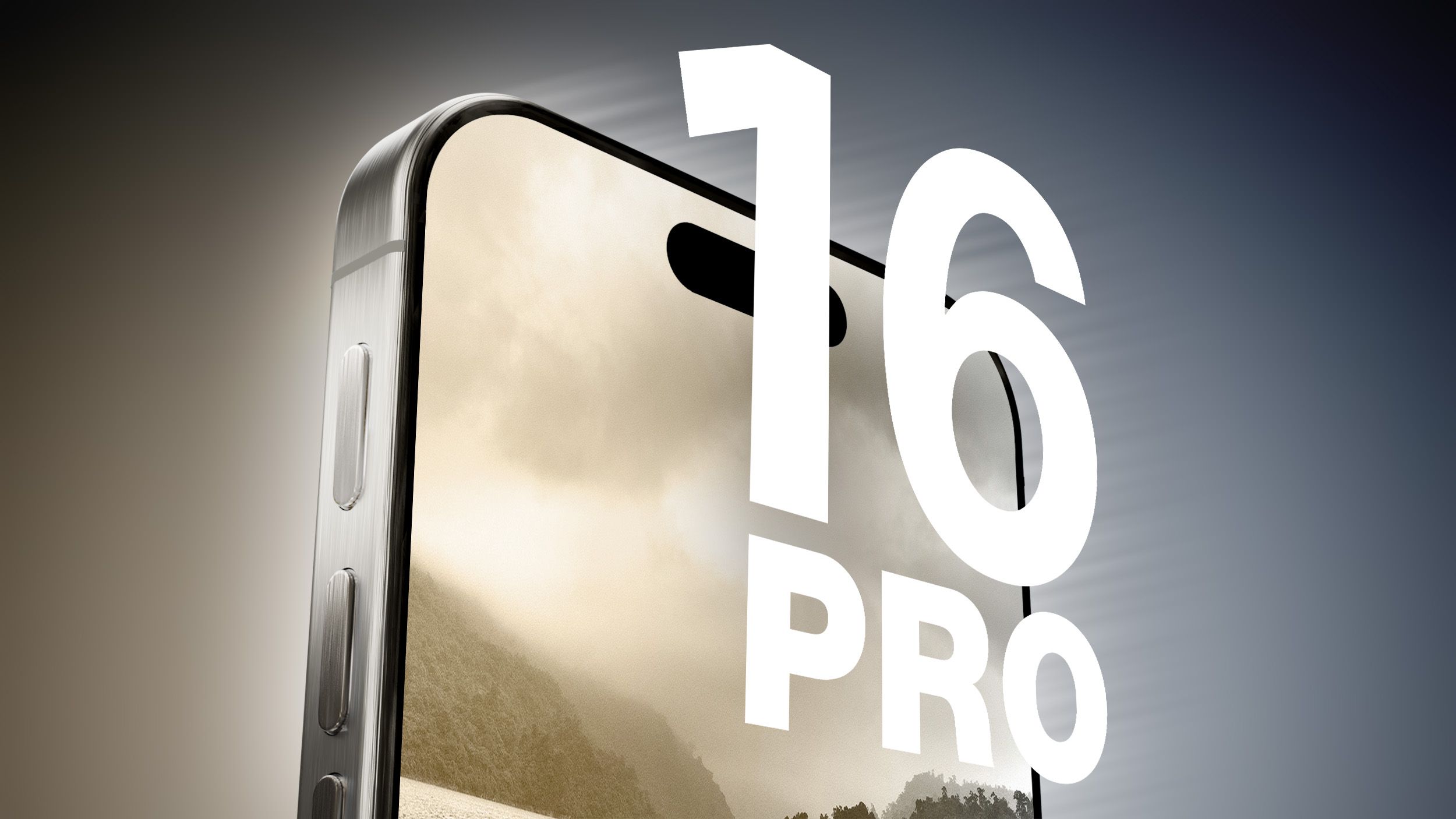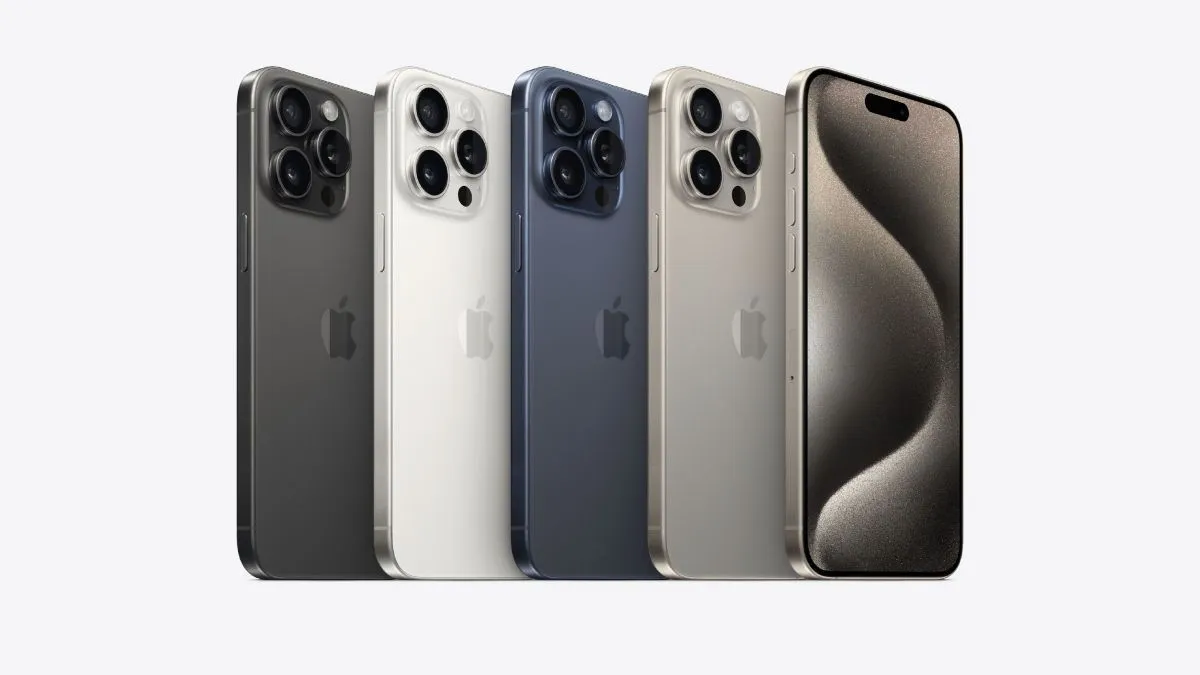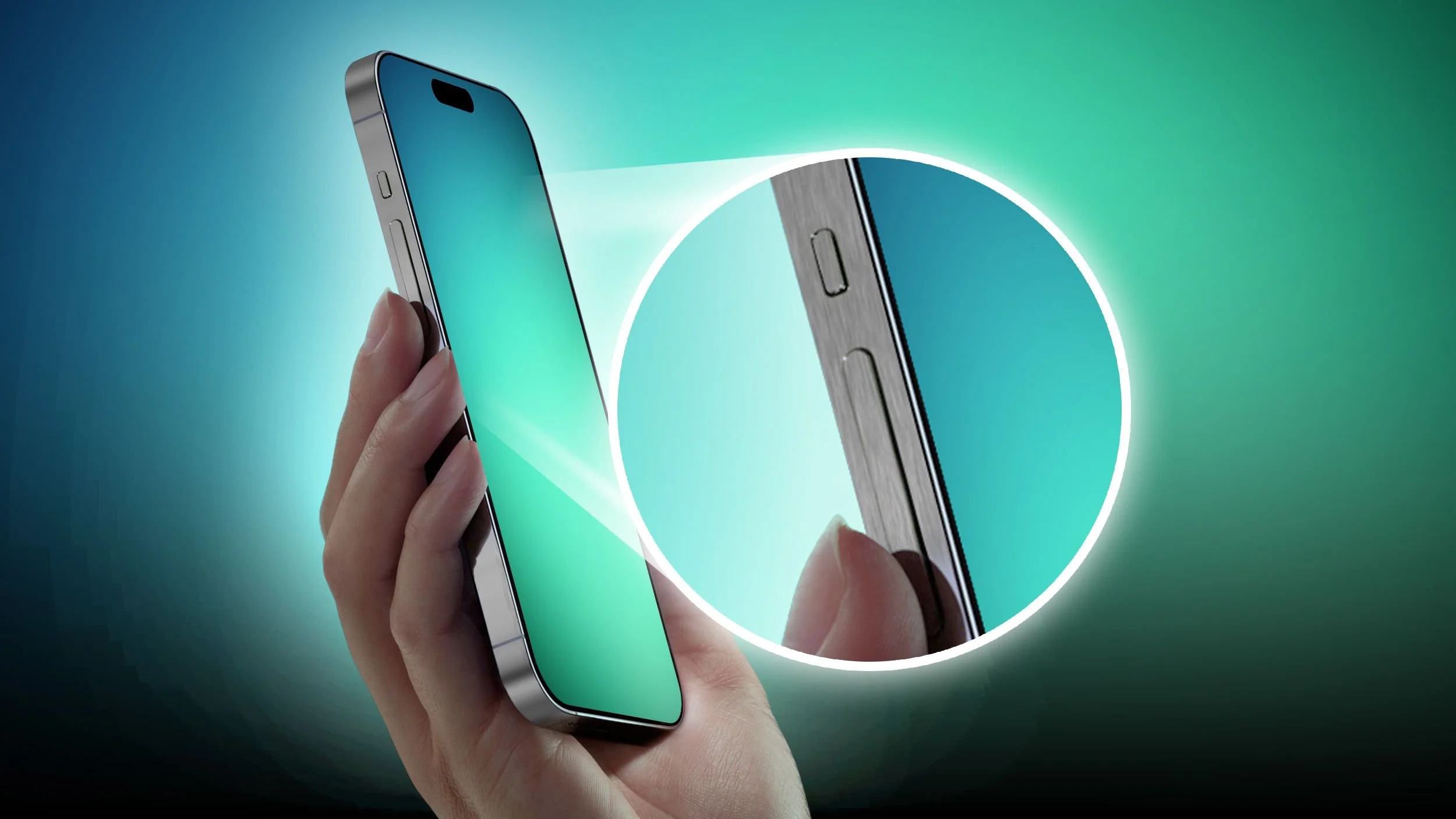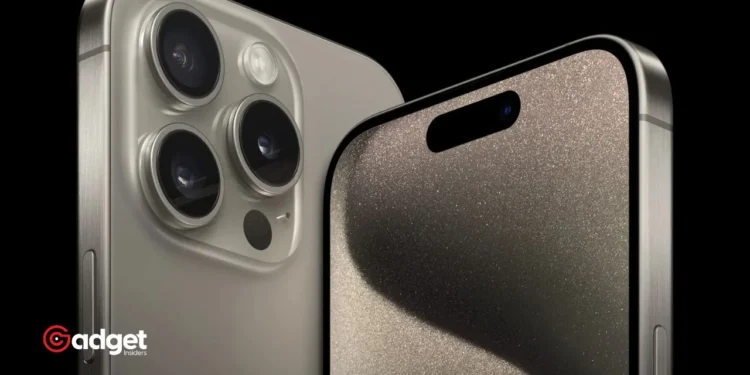In the ever-evolving world of consumer electronics, Apple remains a key player, frequently at the helm of innovation and quality. As the tech giant gears up for its latest release, the iPhone 16 series, a particular focus has been placed on its most premium model, the iPhone 16 Pro Max. This device, often heralded for pushing the boundaries of smartphone capabilities, finds itself at a crossroads of expectation and execution, particularly when it comes to its display.
Reports indicate that Apple has initiated mass production for the OLED panels destined for three out of the four new iPhone 16 models. This year, the production responsibilities have been distributed among three suppliers. Samsung has taken the lead, tasked with creating displays for all four models. Meanwhile, LG focuses on the high-end iPhone 16 Pro and Pro Max, and BOE handles the iPhone 16 and iPhone 16 Plus.

A Stumbling Block for the iPhone 16 Pro Max
Despite smooth sailing for most of the lineup, the iPhone 16 Pro Max has hit a snag. Apple has yet to give the final nod for mass production of its displays, suggesting that the initial test productions did not meet Apple’s high standards. This hiccup is not expected to cause a significant delay, with approvals anticipated to conclude swiftly. Samsung is predicted to receive approval by the end of this week, although LG might face challenges meeting the quality control requirements until mid-June.
The root of these challenges appears to be linked to Apple’s implementation of an innovative ultra-thin bezel technology known as Border Reduction Structure (BRS). This new feature aims to enhance the aesthetic and functional appeal of the phone but has brought about overheating issues during trials. Such problems have notably affected the production processes of Samsung and LG, particularly with the iPhone 16 Pro Max’s display.

The Implications for Apple and Its Consumers
The situation underscores a recurring theme in Apple’s approach to product development: a relentless pursuit of innovation, coupled with a refusal to compromise on quality. As Apple continues to push the envelope, each technological advancement brings with it new challenges. The introduction of BRS technology in the iPhone 16 Pro Max is a testament to Apple’s commitment to leading the industry forward, albeit with occasional setbacks.

For consumers, the anticipation of the iPhone 16 Pro Max comes with assurances of cutting-edge technology and quality, despite minor delays. These delays are often seen as Apple’s dedication to delivering a product that lives up to the brand’s reputation for excellence.

As the situation develops, Apple enthusiasts and tech analysts alike will be watching closely to see how the company navigates these production challenges. The successful deployment of BRS technology could set a new standard for smartphone displays, influencing future designs across the industry.










